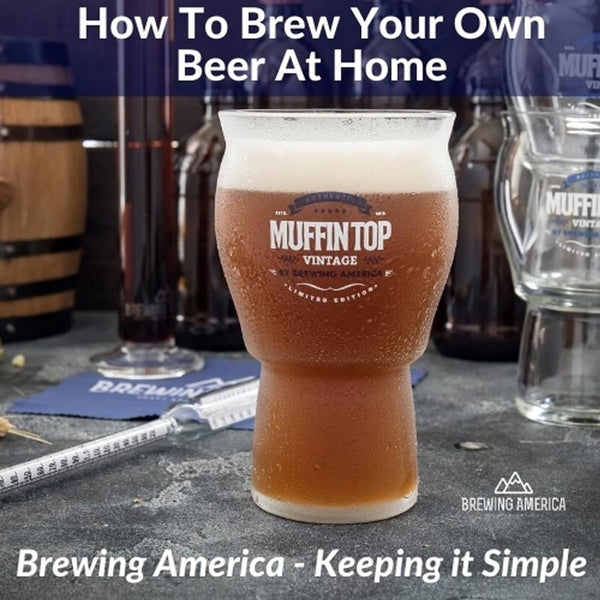
How To Brew Your Own Beer At Home
There are only four basic steps for you to be able to add “Brew Master” to your title:
- Prepare
- Brew
- Ferment
- Bottle
Honestly, that is it! If you can make Kraft Dinner at home…you can make beer! In this article we will show you exactly how easy it is to make your own beer at home.
What You Need to Start Brewing
Nothing is absolutely required before you begin to homebrew your own beer, except the love of a good beer! When you are ready to brew, you will only need minimal equipment and ingredients.
Step 1: Prepare & Sanitize
First, gather all of your brewing equipment. You do not want to be scrambling around trying to find a funnel or spoon while in the middle of the process. Here’s what you’ll need:
- Brewing kettle
- Fermenter and Airlock
- Funnel
- Sanitizer
- Auto-Siphon
- Stir Spoon
As you can see, it doesn’t take much equipment to get started.
Once you have all of the necessary equipment, the first step actually has nothing to do with brewing itself. You need to thoroughly clean and sanitize ALL of your equipment. This step is absolutely crucial, as the success of your beer will rely on how clean your equipment is.
Do not take any shortcuts here.
Anything that comes into contact with your beer during the brewing process needs to be properly cleaned using an unscented mild detergent and then sanitized using a solution that is approved for sanitation. There are no rinse varieties, and this is useful for simplifying the cleaning process.
Once you have properly cleaned and sanitized your equipment, it’s time to get brewing!
Step 2: Brew
This step requires your direct attention for an extended period of time. You will follow a strict timeline and closely monitor the brewing process as it proceeds. Make sure to review your recipe ahead of time so you know all of the critical steps needed.
You are now ready to steep your grains. Steeping is the soaking in liquid of a solid, as to extract flavours or to soften it. Grains are steeped in hot water (NOT boiling water!) to extract sugars, colours and flavours. Steeping grains is very similar to steeping tea.
Fill a 5-gallon brew kettle with 2.5 gallons of water. As you heat the water, steep the grains for 20 minutes, or until the water reaches 170 degrees. When you remove the grains, let the water drip out of the grain bag and into the kettle. Do not squeeze the grain bag; you do not want to extract tannins, which could give your beer unwanted flavours.
Once your kettle comes to a rolling boil, remove it from the heat and add malt extracts. Once extract is dissolved, return to a boil.
Hops are now added at various intervals; take note – be careful not to boil over when hops are added! Refer to your exact recipe as to when you need to add hops to your boil.
- The purpose of the boil is to destroy remaining unwanted enzymes, remove harmful oxygen and to stabilize the wort by lowering pH, ultimately creating the perfect environment for the addition of hops.
Congrats! You now have wort!
What is wort? It is also known as sugar water.
Now that the official “brewing phase” is complete, you need to cool down the wort as quickly as possible to prevent infection. You should cool down the wort to room temperature in less than 20 minutes.
This can be done in two ways:
- An ice bath
- Wort chiller
This task can prove to be either straightforward or very challenging…depending on how large or small your batch is and where you are brewing. Ambient temperatures often affect cooling time.
- Ice Bath – The simplest method of cooling down wort used by most homebrewers (especially when first learning how to brew beer) is the ice bath. You can use your sink, bathtub, or any large container filled with cold water. Add ice to the cold water because the colder it is, the faster you will be able to bring down the temperature of the wort. There is no exact temperature as to how cold the ice bath should be. The colder, the better!
Once you have created your ice bath, slowly put the brew pot in and stir the wort to reduce heat evenly. If the ice bath is in a large container or bathtub, be extra careful to avoid splashing any water accidently into the pot. You will most likely need to add more ice as the wort cools.
- Wort Chiller – This simple tool is well worth the investment! It can be used over and over again, so you do not have to worry about ice. It is much more advanced and effective for cooling the wort. It comes in immersion, counterflow and plate varieties. You simply insert the chiller into the wort, then run cold water from your tap through the chiller and out into the sink, bathtub, or large container.
Either method will get you your desired results. The first few times of cooling down your wort successfully can be difficult, but with more practice, the easier it will become!
Keep in Mind: As you learn to brew beer at home, you will make mistakes and get some steps wrong the first few times. Do not get discouraged–this takes practice. It is important to understand that learning is part of the curve and everyone makes mistakes. Take notes, adjust your recipe if necessary, recognize your mistakes and use them to become a better brew master.
Step 3: Ferment
Once again…. make sure all of your supplies are sanitized.
Now that your wort is completely cooled, transfer it into a storage container for fermentation. This container needs to be big enough to hold the wort and extra water that you will add.
Refer to your recipe for the exact volume of liquid required and take your first gravity reading. This reading will provide you with the wort’s specific gravity (its density in relation to the density of the water). This is an important value to have, as checking the gravity of the wort will help you know that you have a successful fermentation and allow you to calculate the beer’s alcohol content – also known as “Alcohol By Volume”, or ABV.
You can take your first gravity reading by using a hydrometer. Check out our previous blog article for a more detailed explanation on how a hydrometer works.
Record the first gravity reading (also known as “Original Gravity” or OG) and make sure that you can reference it after fermentation is complete.
Now you are ready to add the yeast. There are two types of brewing yeast you can use (brewing yeast is NOT the same as baking yeast!). Brewing yeast can come in a dry or liquid form. It is up to you as the brewer as to what yeast to use, so try making brews using both kinds to find the type you prefer.
Make sure that the yeast is ready to use by letting it sit out at room temperature for at least two hours beforehand. Doing this will make for better fermentation and better beer!
- Dry yeast is the easiest to use since you do not have to prepare it beforehand. It does not require any activation. Before you add the yeast, sanitize the yeast package and the scissors. Cut the corner off of the yeast pack and pour the yeast.
- Liquid yeast requires activation by either vigorously shaking the container to add oxygen, or by creating a yeast start prior to adding to the wort. A yeast starter enables the yeast cell to reproduce under less stress–the more cells, the better fermentation.
Either way, once your yeast is ready, add it into the container that you are using for fermentation and aerate the mixture by stirring vigorously or securing it with a lid and shaking it. This aerating step is very important because it reintroduces oxygen back into the wort, which was removed during the boiling step. The yeast needs oxygen to grow and the wort needs yeast to ferment.
While fermentation does not require direct attention like the brewing step, you do need to keep a close eye throughout the time it takes to complete the fermentation process.
Step 4 – Bottle Your Beer
After fermentation is complete, it is time to finally bottle your beer!
ONCE again…clean and sanitize everything that comes into contact with your beer. This includes bottles, bottle filler, bottle caps, bottling bucket, siphons, capper, and any transfer hoses and tubing.
Boil your priming sugar and once it cools, add it directly to the bottling bucket. Siphon the beer out of the fermenter and into your bottling bucket leaving as much sediment in the fermenter as possible.
Attach the bottle filler to the hose and the hose to the bottling bucket spigot. Insert the bottle filler into the bottom of the bottle. The bottle will quickly begin to fill and once the beer reaches about ¾ of an inch to the top of the bottle, lift up the bottle filler and stop the flow. Place a cap on the bottle and carefully cap the bottle by using the bottle capper to bend the edges down around the mouth of the bottle. Repeat this step until all your bottles are filled.
Store the bottles in a dark, cooler (but room temperature) place for at least two weeks. This gives your beer time to fully carbonate.
And, FINALLY! You can now chill your beer and enjoy! This entire process may seem overwhelming and lengthy…but once you do it a few times, you will see it is not as difficult as it seems.
Brewing America has tools to help make this process easy and enjoyable. We offer affordable, top quality tools to up your homebrewing game. Shop the full store here.
